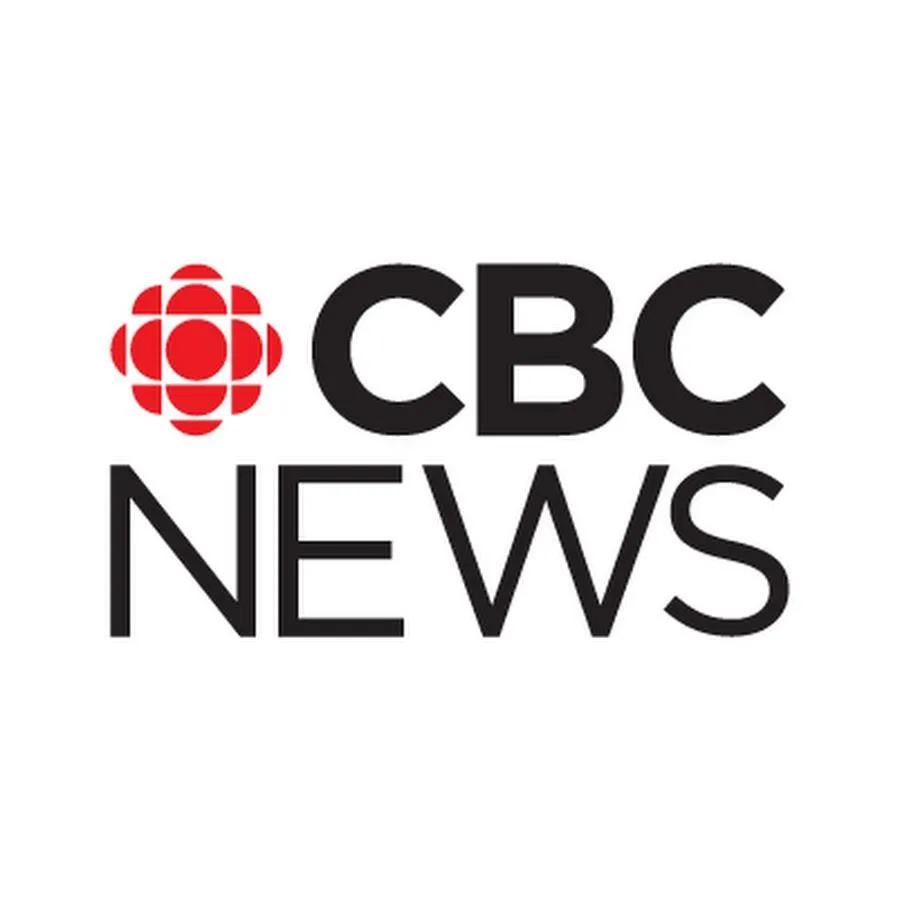What to expect from Saskatoon's Bus Rapid Transit green line

Liam O'Connor - CBC News ( Nov 22, 2023 - 1:49pm)
1st pieces of BRT expected to be revealed in summer 2024
Saskatoon will change for the better when the city's planned rapid transit system is up and running, according to a transit and city planning expert.
Ehab Diab, an assistant professor in the department of geography and planning at the University of Saskatchewan, said on CBC's Saskatoon Morning Tuesday that the Bus Rapid Transit (BRT) system "is a long overdue project."
"It has been seven years in making, but the change itself can happen overnight when you open the new transit network."
On Nov. 16, Saskatoon Mayor Charlie Clark, along with provincial and federal officials, announced about $152 million in combined money for various projects in Saskatoon. The vast majority — $111.4 million — is for BRT-related projects, including 55 new zero-emission and diesel-fuelled buses, improving road infrastructure, and installing a fibre optic network that would create a more intelligent and efficient commute.
Of that money, $21.4 million is purely for creating the first rapid transit line, the green line.
The city hopes another two lines — red and blue — aren't far behind. It said it's finishing up proposals for the other routes within the next month, and will then send them off to the federal government in hopes of more funding.
Mike Moellenbeck, the new director of transit for Saskatoon, said the new green line will run from Attridge to 22nd Street.
"Frequency is going to be up to every 10 minutes," said Moellenbeck.
"So that means people could be waiting approximately five minutes on average for a bus coming down the road there."
The BRT bus schedule is expected operate with peak frequency from 6 a.m. to 6 p.m. CST., with less frequent service until 1:00 a.m.
The city is also looking to have six "park and ride" locations where cyclists can lock up their bikes and hop on a bus.
Diab said the high frequency will result in more riders, but should still help with overcrowding.
According to the mayor, there are 21,000 monthly bus pass owners, and that number does not include all of the students using the UPass.
Clark said no matter who the next prime minister is, he will work with them to further transit.
"It's absolutely crucial that we keep providing better and better transit services," said Clark.
Diab said the BRT will alleviate some issues current transit users face.
"I think the land use and the design of the streets can be a major barrier for people to access the buses," said Diab.
Diab said the city should focus on the land around the BRT as well.
"Having better design, limiting parking spaces, having more diversity in terms of uses and density around this location will all help in actually improving the service, getting more people riding the buses and decreasing the barriers of using the transit service."
Diab said the city should prioritize a marketing campaign that distinguishes the BRT from the regular bus service.
"All the people have this perception that regular bus service is not that good, but we have to make this distinction," said Diab.
"The new BRT system is different, it's more frequent."
The city says it will need three full construction seasons to finish the green line infrastructure, which will include new bus stations, buses and more.
Now that the green line funding is secured, discussions are underway to determine an exact date for the start of service, but some of the pieces of BRT are expected to be revealed in summer 2024.
